KEY TAKEAWAYS:
- Dr. Brian Hale uses a TURBT procedure to treat early-stage bladder cancer.
- For more advanced bladder cancer, Dr. Hale may need to perform a radical cystectomy to remove the entire bladder.
- Dr. Hale works closely with oncologists to provide comprehensive cancer care for his patients.
Dr. Brian D. Hale is a board-certified urologist in Tampa, FL, who is part of the Advanced Urology Institute. In this article, we will discuss Dr. Hale’s approach to bladder cancer treatment, including the types of procedures he uses to treat the disease.
Early-Stage Bladder Cancer
Fortunately, most patients with bladder cancer are diagnosed with early-stage cancer that can be cured with a simple outpatient procedure. Dr. Hale will typically remove the tumor using a transurethral resection of bladder tumor (TURBT) procedure. This is a minimally invasive procedure that involves using a cystoscope to remove the tumor through the urethra.
Advanced Bladder Cancer
If the cancer has advanced or is too large to be removed through a TURBT procedure, Dr. Hale may need to perform a more aggressive surgery. In some cases, he may need to remove the entire bladder in a procedure called a radical cystectomy. During this procedure, the bladder is removed along with nearby lymph nodes and the prostate or uterus in men and women, respectively. The urine is then diverted into a bag outside the body or into a new reservoir made from a piece of the small intestine.
Comprehensive Cancer Care
Dr. Hale works closely with oncologists to provide comprehensive cancer care for his patients. He may recommend additional treatments, such as chemotherapy or radiation therapy, depending on the stage and type of bladder cancer. He also provides ongoing monitoring to ensure that the cancer does not return.
Advanced Urology Institute
Advanced Urology Institute is the largest urology practice in Florida, with multiple locations throughout the state, including Tampa. Their team of experienced urologists, including Dr. Brian Hale, is dedicated to providing high-quality care to their patients. If you are in need of urological care, we highly recommend scheduling an appointment with Advanced Urology Institute.
TRANSCRIPTION:
My name is Brian Hale, I’m a board certified urologist working with Advanced Urology Institute.
So fortunately most of the patients that we find with bladder cancer have early stage
cancer that we can cure with a simple outpatient procedure.
If we find the cancer later or the cancer is too large or so large that it’s evading
into the bladder muscle, then we have to do a more aggressive surgery removing the entire bladder.
REFERENCES:
- “What is Transurethral Resection of Bladder Tumor (TURBT)?.” https://www.roswellpark.org/cancer/bladder/treatment/surgery/turbt.
- “Advanced Bladder Cancer | BCAN.” https://bcan.org/what-is-advanced-bladder-cancer/.
- “Bladder Cancer Early Detection, Diagnosis, and Staging.” https://www.cancer.org/content/dam/CRC/PDF/Public/8559.00.pdf.



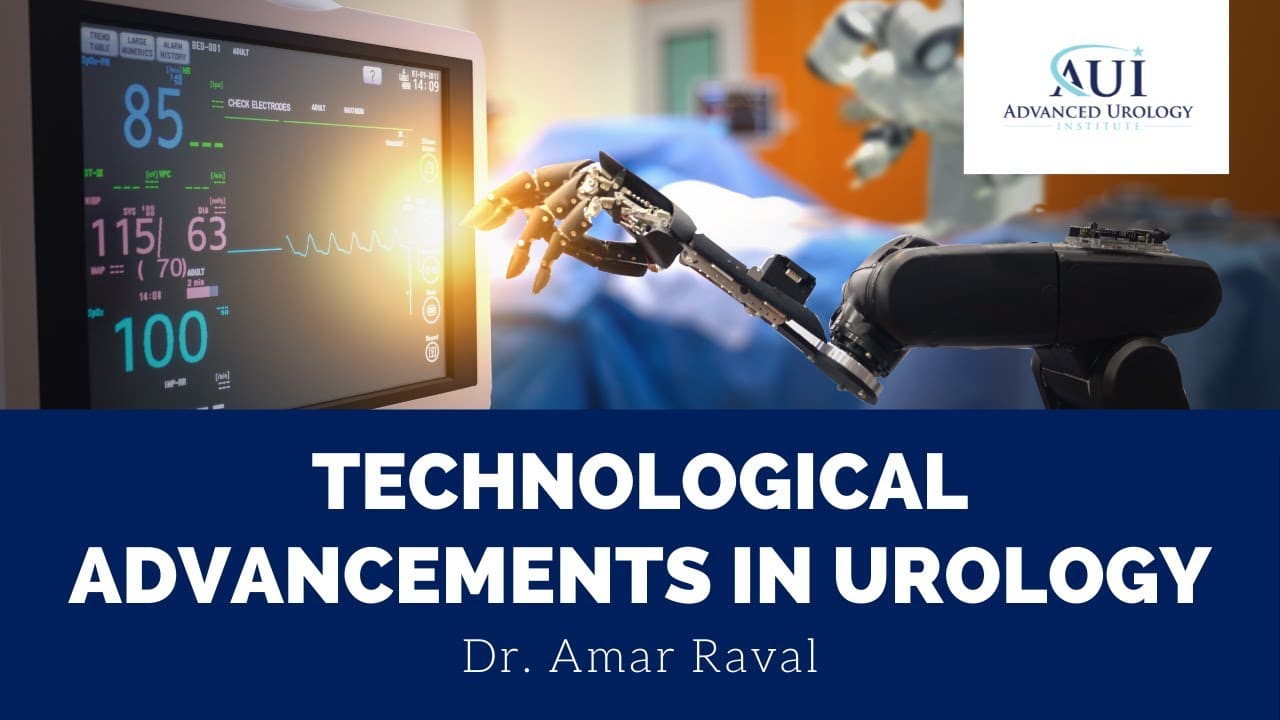




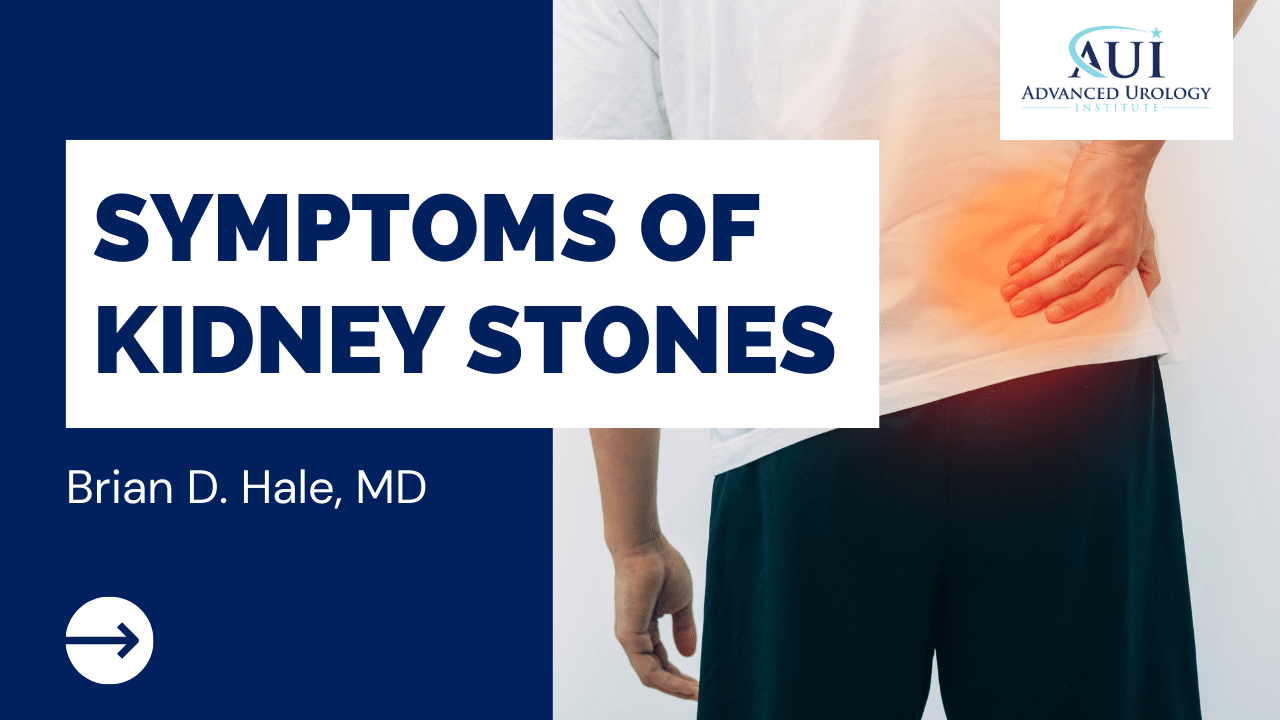


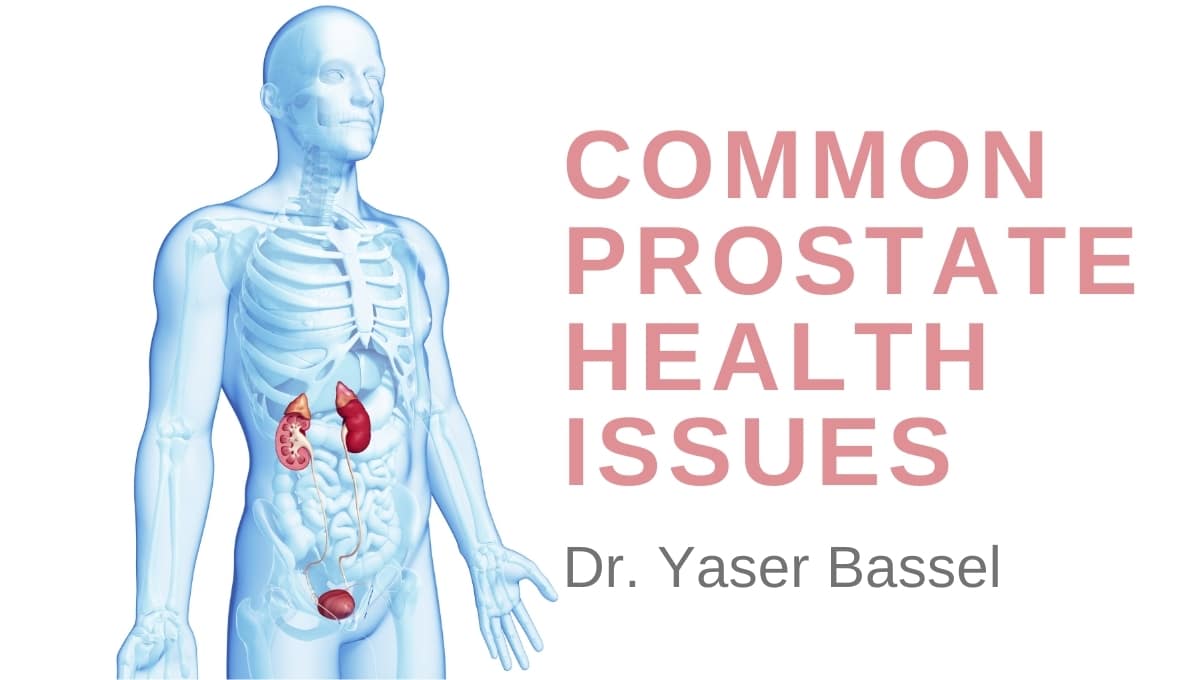

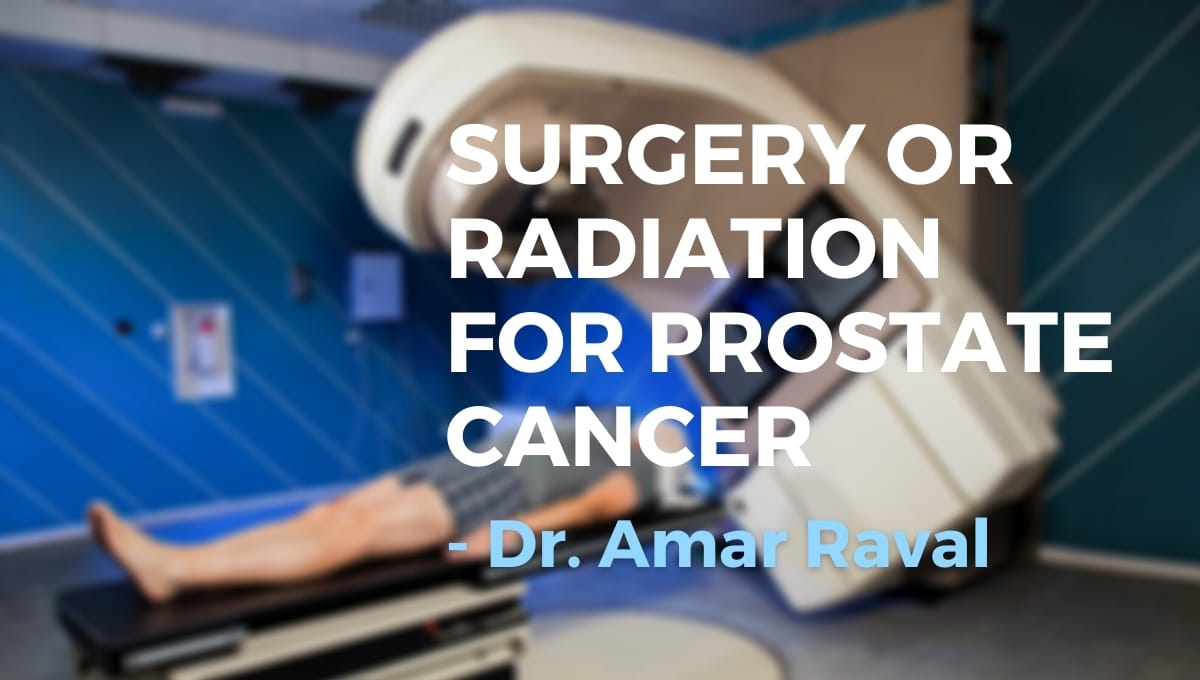

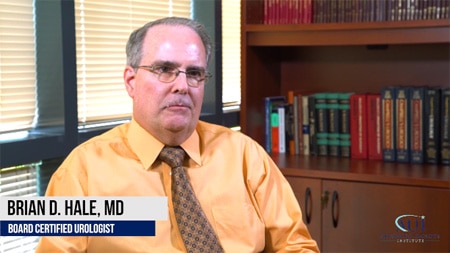 I started private practice in 1995, and from 1995 until the last five (5) years or so, I didn’t have any
I started private practice in 1995, and from 1995 until the last five (5) years or so, I didn’t have any 
